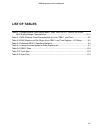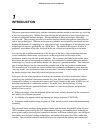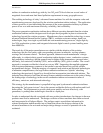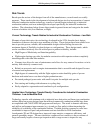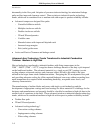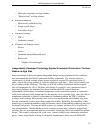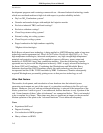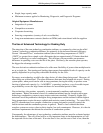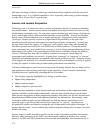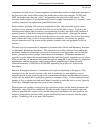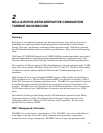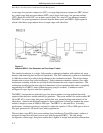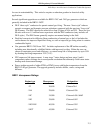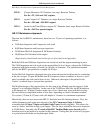
EPR Proprietary I Licensed Material
Introduction
1-7
• Single, large capacity units
• Minimum resources applied to Monitoring, Diagnostic, and Prognostic Programs
Original Equipment Manufacturers
• Integration of systems
• Competitive economics
• Corporate downsizing
• Sourcing compromises (country of sale or worldwide)
• Long term maintenance contracts (burden on OEMs) and extent shared with the suppliers
The Use of Advanced Technology for Peaking Duty
The attraction of the new technology combustion turbines, as compared to what can be called
“mature” technology combustion turbines, lies primarily in the increased thermal efficiency.
Current “Advanced Class” combustion turbines (those with firing temperatures of 2300
o
F
(1260
o
C) or greater) have simple cycle efficiencies that are approximately 2% better than their
“mature” technology or earlier counterparts. This efficiency increase makes an enormous
difference in operating costs over the life of the plant. Obviously, the more the plant operates,
the bigger the advantage would be.
The aero-derivative combustion turbines also offer more flexibility of power when multiple units
are at a single site. Fast starting and loading times means that multiple blocks of capacity can be
quickly dispatched in cycling duty with added flexibility for the User.
For many, new technology would be the clear choice, all other things being equal. However, all
other things are seldom equal. The other differences that must be evaluated are several. During
system peaks, when power can be sold at steep premiums, having the ability to produce some
fraction of plant total capacity (i.e. 4 of 6 RB211’s operating) can have a very favorable impact
on profitability versus one large frame unit down for an extended period of time.
New technology also pertains, separately, to environmental compliance and emissions
performance. Indeed, the mature classes of combustion turbines may be forced to utilize new
technology combustion systems to meet stricter emissions standards. Generally, higher NO
x
emissions would be produced at the higher firing temperatures and the turbines with the highest
firing temperatures require the most sophisticated emission control technology. To control NO
x
,
and CO, manufacturers use complex combustion systems designed to precisely control the
fuel/air mixture and the combustion process in general. There is clear evidence that these
complex systems are not as robust as their simpler, low-tech counterparts. However, it is the site
emissions requirements that dictate the selection of combustion systems.
Consequently, the advantages of new technology combustion turbines must be evaluated against
the disadvantages. The cost of fuel will be a very important factor in the determination, as will
the expected service time of the unit. If service time is low, and the cost of fuel is low, then the



